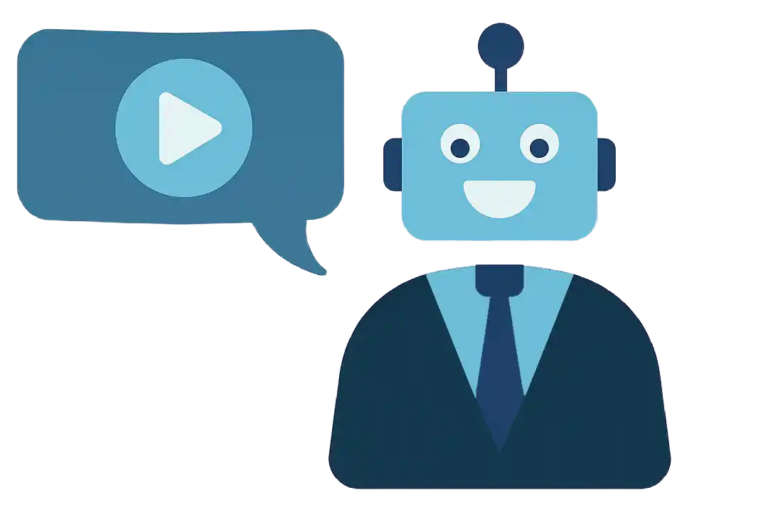
We’ve specialized in writing and producing short videos to support technology sales for many years. Now that we’ve entered the “Age of Bite-Size Learning,” we find that we can take advantage of learnings from the eLearning community to help sharpen our focus and develop new approaches.
Light bulb moments
Bite-size learning is analogous to high-intensity exercise, which has been shown to produce better results faster than endurance training. People learn in short bursts — light bulb moments — better than they do by continuous effort, because concentration is hard to maintain. How many light bulb moments can be crammed into a short video? The temptation is always to go for the max, especially in technology solution videos. Nearly everyone feels obliged to tick the boxes for security, compliance, cost reduction, ease-of-use, etc. in every video.
Now, if your video covers five key benefits and four important features, that should add up to nine light bulbs, shouldn’t it? But can anyone really learn 9 things from a short product video? Learning takes work! If the object of your video is teaching, set a reasonable “light bulb” goal at the outset, and stick to it.
For a technology marketing video, what might constitute a “light bulb”?
- The elimination of an objection or misconception
- A clear understanding of a process
- A technique never seen before
- A new slant on an old problem
These kinds of ideas are surely communicated in the videos you’re making now. But thinking of them as small light bulbs that need to go on in your viewer’s mind will enable you to make a more modular videos that effectively “bite-size” your solution.
Assume the “why it matters” and go straight to the “how.”
Sebastian Bailey at The Mind Gym is a prolific writer on bite-size eLearning (he wrote the article cited above). One of his prescriptions is “assume the why it matters and go straight to the how.” This certainly makes sense for short videos. I would put it this way: if the problem you solve is the same problem your competitors solve, get to your solution as fast as you reasonable can.
On the other hand, if you have a unique way of framing the problem so it leads to your solution and no one else’s, then your video should concentrate on teaching the viewer a new way to look at the problem.
Contextualize
Bite-size teaching is designed to bring about a change in behavior. Like all training, it is supposed to equip employees to solve a real problem. The starting point should be what you want people to do differently when they leave, and “bite-sizing” consists of breaking the new behavior down into its component skills and providing, not abstract principles, but, rather, practical tools and techniques for learning by doing. Some of these practical tools are likely to be video modules with built–in quizzes, branching, and other engaging elements.
One reason that many training programs fail, Bailey asserts, is that the problems are presented as “generic case studies that have nothing to do with anyone’s job.” Even in a linear video, a use case that resonates will do a lot more to engage viewers and influence their thinking than any assertions about abstract benefits.



